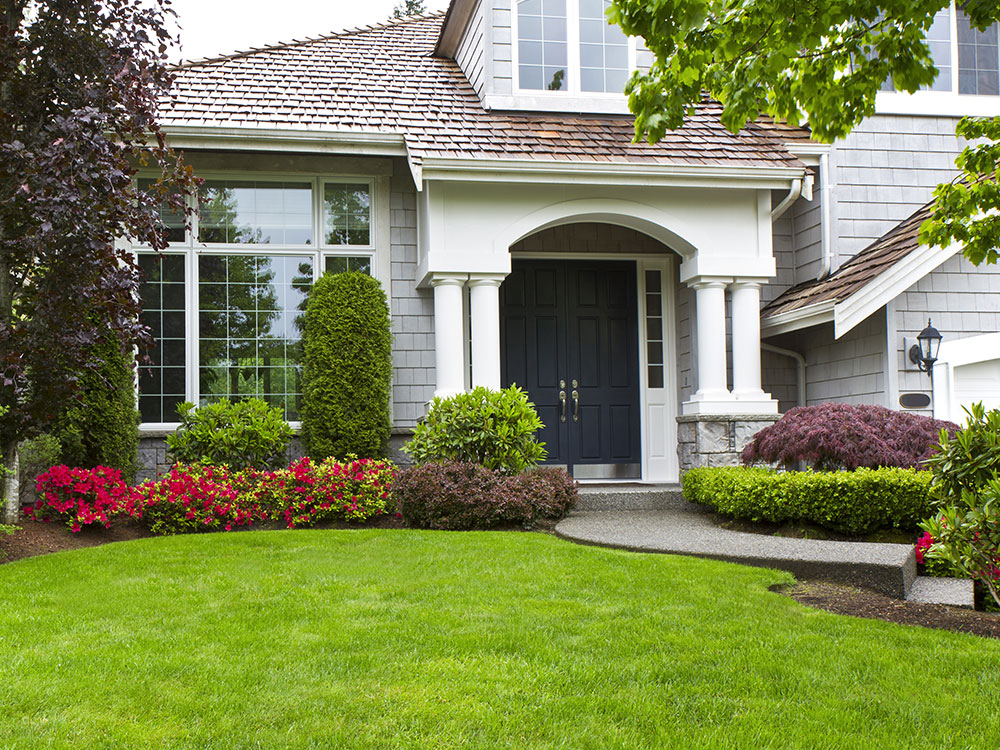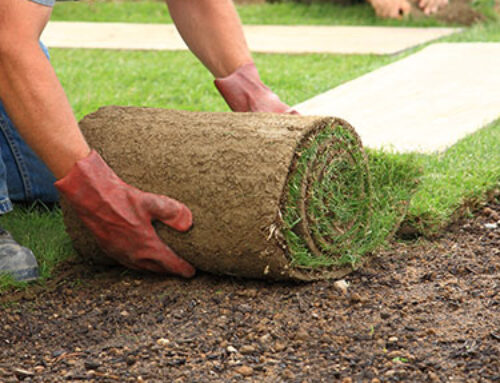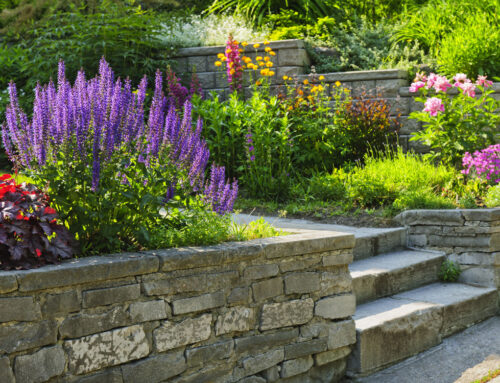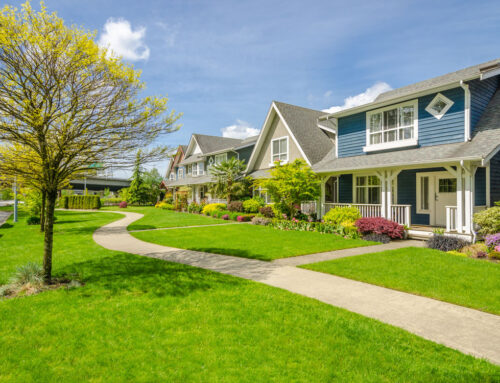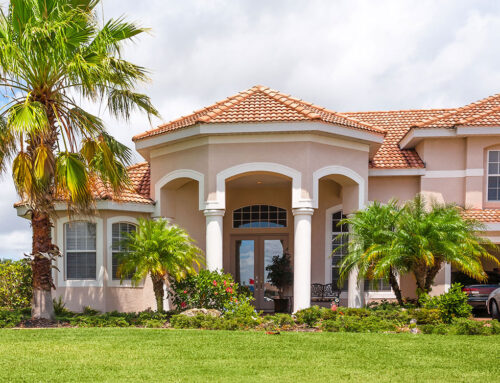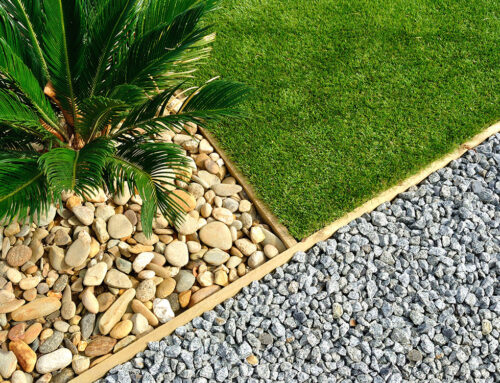In Florida, St. Augustinegrass is the most commonly used lawn grass throughout the state.
St. Augustinegrass can grow satisfactorily in a wide variety of soils.
Some advantages of St. Augustinegrass include:
- producing a green to blue-green dense turf that is well adapted to most soils and climatic regions in Florida
- It has a relatively wide range of soil pH.
- It has relatively good salt tolerance, and certain cultivars have better shade tolerance than other warm-season grass species.
- St. Augustinegrass establishes quickly and easily and may be planted as sod, sprigs, or plugs.
Some of the disadvantages of St. Augustinegrass:
- like most turfgrasses, has certain cultural and pest problems.
- It requires water to remain green and healthy and may require supplemental irrigation during extended dry periods.
- It has poor wear tolerance and does not hold up to repeated foot or vehicular traffic.
- It goes into winter dormancy in parts of the state and turns a brown or tan color until springtime.
- It produces thatch under high fertilization and irrigation regimes, which may become a health problem for the grass.
- It has coarse, wide leaves and stems and therefore does not grow as densely as some other species.
The major insect pest of St. Augustinegrass is the chinch bug, which can cause considerable damage if left untreated. Some cultivars are also susceptible to diseases, such as gray leaf spot, large (brown) patch, and take-all root rot.
Weed control can be challenging, particularly when trying to control persistent, grassy weeds.
Although St. Augustinegrass can be planted year-round in warmer sections of Florida, the best time to plant any warm-season grass is during its time of active growth. Allowing the grass to develop a deep root system before it experiences temperature extremes helps it establish more quickly and with less water. In AREAS, try to avoid establishment during cold winter or hot summer months.
Sodding is the fastest way to establish a lawn because it provides complete ground cover and it is not necessary to wait for it to fill in. Sodding can also reduce potential weed competition that can occur when using other planting methods that leave bare ground. However, it is important to remember that the grass is still vulnerable at this stage, and it is not yet safe for play or other activities.
Get professional St Augustinegrass mowing, care and maintenance for your lawn in St Johns County, Julington Creek Plantation, Durbin Creek, Nocatee and surrounding communities.. Call or contact us today.
The preceding information provided for informational purposes only. Experts courtesy of: UF/IFAS. “Florida Lawn Handbook: Best Management Practices for Your Home Lawn in Florida, 3rd ed (2005)”
